Adventure On Film: Paperhouse
By and large, if I had to drop one decade from the annals of cinema, it would be the eighties,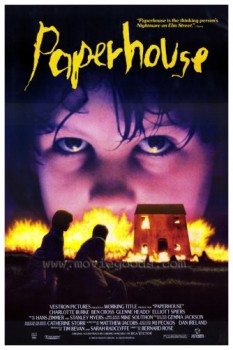 but that period did come up with its share of winners.
but that period did come up with its share of winners.
One of the eighties’ forgotten gems is the fantasy-horror hybrid, Paperhouse (1988), a British release that did its best to compete with flicks like Heathers for Cineplex space, and failed. U.S. gross, according to the internet movie database, was just over $241 thousand. Sad. Paperhouse deserved better, much better.
Spoiler-free, the plot follows Brit tween Anna, curious about lipstick but not yet ready for boys, as she succumbs to a severe case of glandular fever. The disease leaves her prone to vivid dreams, all of which stem from Anna’s crayon drawing of a bleak, lonely house. Whatever Anna adds to the house manifests itself in her dreams, and what starts out as a bit of a lark (think Harold and the Purple Crayon) quickly turns sour. Hardly twenty minutes in and it becomes clear that Anna may well have planted (or drawn) the seeds of her own destruction.
Having just read Violette Malan’s piece on John Gardner (On Moral Fiction) right here at Black Gate not a week before sitting down to re-watch Paperhouse, I couldn’t help but be struck by the film’s parallels to Gardner’s own arguments in favor of “moral” art and criticism. But what Gardner posits in his book he pursues by Socratic argument, in essay form; Paperhouse cleverly crafts those same questions into a cohesive dramatic whole.
Yes, the movie can be enjoyed on a purely surface level, without ever ceding the floor to philosophy, but make no mistake, this little chiller has a great deal more on its mind than things that go bump in the night, which is why it holds up so well, twenty-five years on.
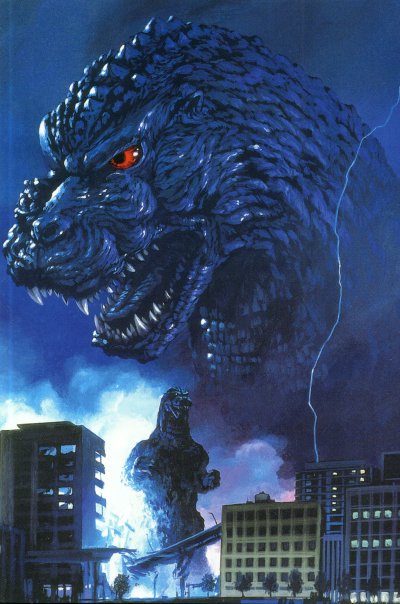
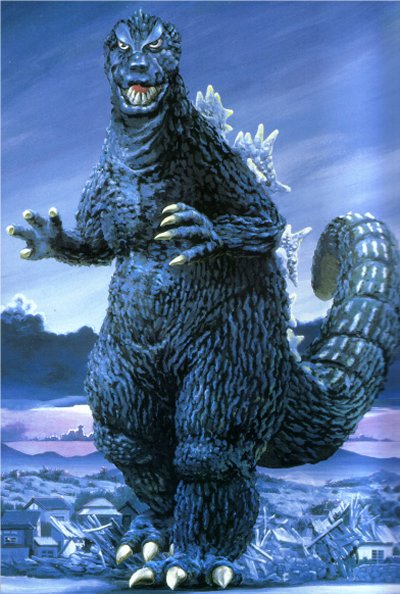
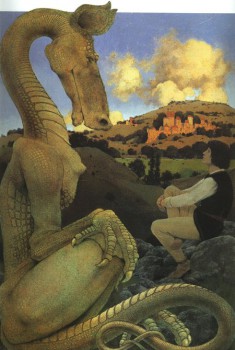
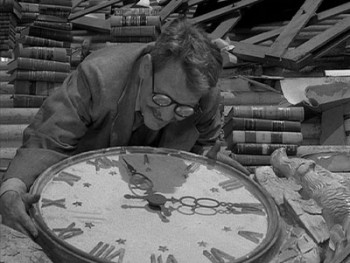
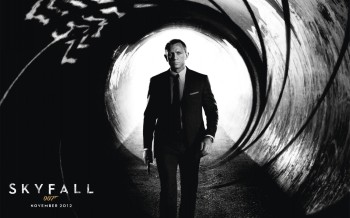
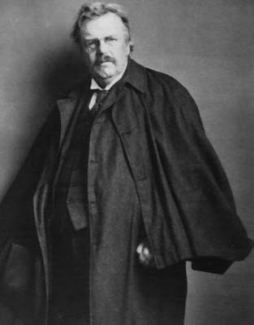 Last week, in a post about Neil Gaiman’s Sandman, I said that certain habits of Gaiman’s plotting reminded me of G.K. Chesterton. It seemed to me that I’d referred to Chesterton fairly often in my posts here, so I did a search of the Black Gate archive. I found that I had in fact mentioned Chesterton a number of times, but that neither I nor anyone else had yet written a post for Black Gate specifically about him or any of his works. I’ve therefore put together this piece to give an overview of the man and his writing. It’s insufficient; Chesterton’s difficult to describe, more so than most writers. But one has to begin somewhere. He’s an important early fantasist, admired by figures as diverse as Gaiman, Borges,
Last week, in a post about Neil Gaiman’s Sandman, I said that certain habits of Gaiman’s plotting reminded me of G.K. Chesterton. It seemed to me that I’d referred to Chesterton fairly often in my posts here, so I did a search of the Black Gate archive. I found that I had in fact mentioned Chesterton a number of times, but that neither I nor anyone else had yet written a post for Black Gate specifically about him or any of his works. I’ve therefore put together this piece to give an overview of the man and his writing. It’s insufficient; Chesterton’s difficult to describe, more so than most writers. But one has to begin somewhere. He’s an important early fantasist, admired by figures as diverse as Gaiman, Borges, 
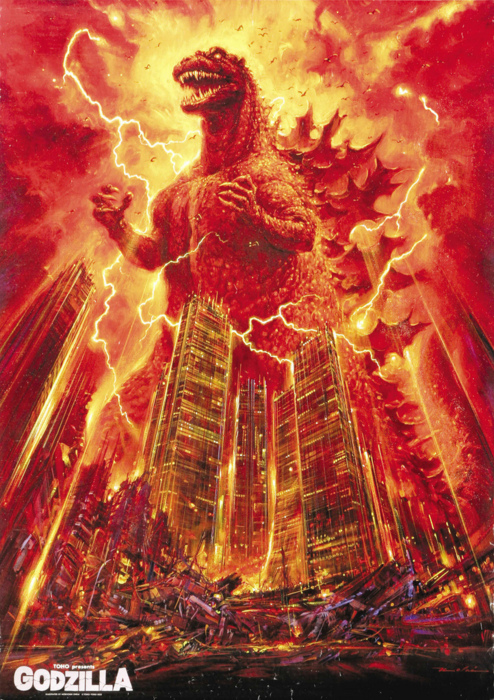
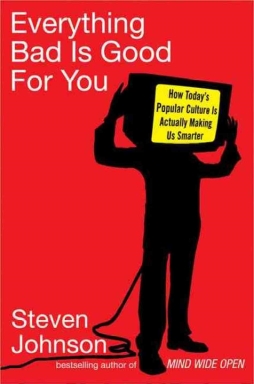 There’s a certain kind of structure I’ve lately begun to notice in certain novels. These books read like puzzles, telling one story directly and overtly while implying a second story, or highly variant reading of the first story, through carefully-placed gaps, contradictions, and seemingly-irrelevant details. Throwaway references in highly-disparate points of the book might imply a completely different way to read at least the plot and often the tone or theme. It’s something Gene Wolfe does a lot; other examples I’ve noticed lately are
There’s a certain kind of structure I’ve lately begun to notice in certain novels. These books read like puzzles, telling one story directly and overtly while implying a second story, or highly variant reading of the first story, through carefully-placed gaps, contradictions, and seemingly-irrelevant details. Throwaway references in highly-disparate points of the book might imply a completely different way to read at least the plot and often the tone or theme. It’s something Gene Wolfe does a lot; other examples I’ve noticed lately are